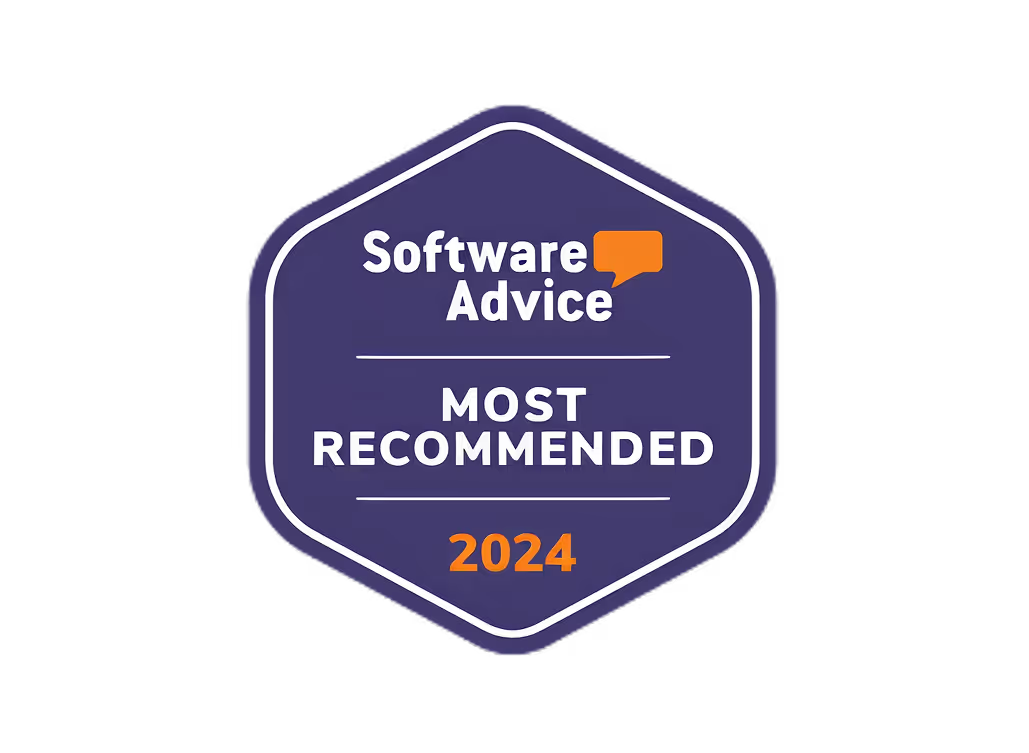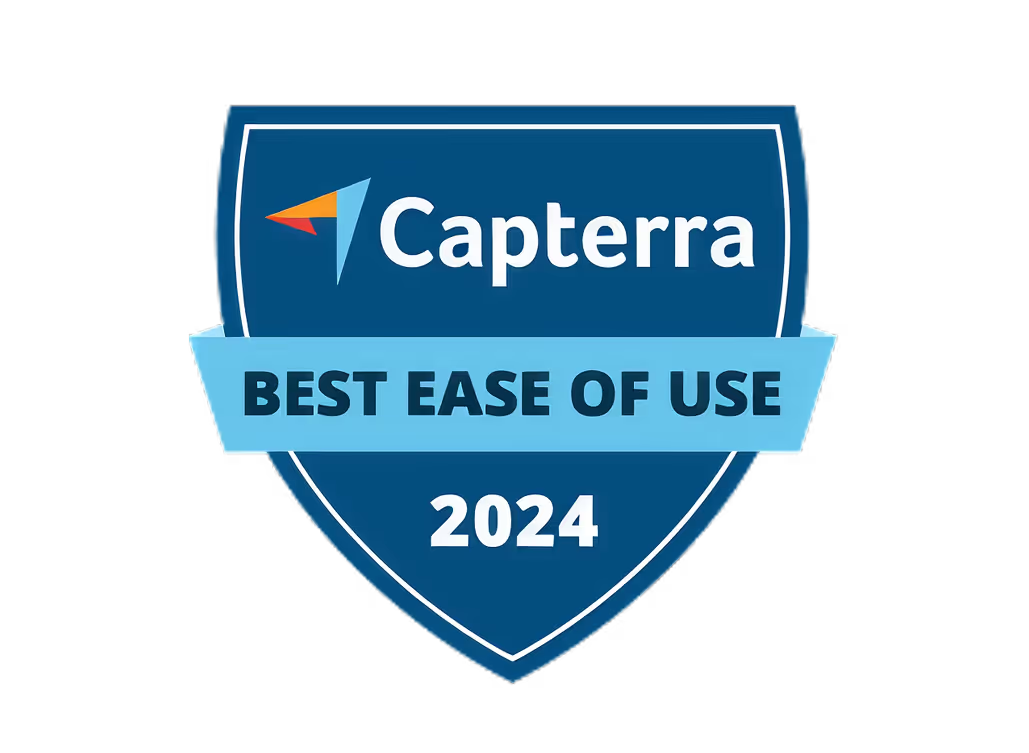Mobile-First Video Content: Best Practices & Examples

Mobile-first video content is designed and optimized for viewing on smartphones and tablets. As more people watch videos on their mobile devices, it's crucial to create videos that work seamlessly on smaller screens, with touch controls and varying internet speeds.
Related video from YouTube
Key Benefits of Mobile-First Video Content:
- Reach a Wider Audience: 96% of Americans own a cellphone, and many use it to access the internet.
- Improved User Experience: Mobile-optimized videos provide a high-quality viewing experience tailored to mobile devices.
- Business Advantages: Increased engagement, higher conversions, and a competitive edge in the market.
How to Create Effective Mobile-First Videos:
- Video Format and Aspect Ratio:
- Vertical (9:16) for most mobile users
- Square (1:1) for platforms like Instagram
- Video Length: Keep videos short, around 120 seconds or less.
- Audio and Captions: Ensure clear audio and add captions for viewers without sound.
- Visuals and Storytelling: Use high-quality visuals, animations, and graphics, with short, quick scenes and clear messages.
- Optimization for Mobile Devices: Use high-resolution formats, adjust settings for clear streaming, ensure visuals are sharp and clear, and balance quality with small file sizes.
Platform-Specific Tips:
PlatformAspect RatioVideo LengthOther TipsInstagram9:16 (Vertical)15 seconds to 1 minuteAdd captions; 92% watch without soundTikTok9:16 (Vertical)15 seconds to 1 minuteChoose a catchy soundtrackYouTube16:95-10 minutesOptimize titles, descriptions, and tags for mobileFacebook9:16 (Vertical)-Add captions; include a clear call-to-action
Successful Examples:
- Direct-to-Consumer Companies: SquareSpace's Instagram campaign featuring Idris Elba effectively uses a celebrity endorsement to grab attention and promote the brand's message.
- Small to Medium Businesses: Spotify's vertical music videos effectively engage users and increase brand awareness by adapting to mobile devices.
- E-commerce Brands: Land Rover's cross-channel campaign on YouTube effectively engaged consumers on mobile devices, resulting in tens of millions of impressions across all devices.
By following these best practices and analyzing successful examples, businesses can create engaging mobile-first video content that drives results and connects with their audience effectively.
sbb-itb-606b7a1
Why Mobile Video Content Matters
Mobile video content is a big part of our daily lives. With most people using their phones to go online, it's important to know why mobile video content is important.
More People Use Mobile Devices
The numbers are clear. A survey shows that 96% of Americans own a cellphone, and many use it to access the internet. This makes mobile devices a great place to share your content. Businesses need to focus on mobile video content to stay connected with their audience.
Better User Experience
No one likes watching a blurry video that doesn't fit their screen. Mobile videos are made for mobile viewing, so users get high-quality videos that look good on their devices. This leads to better engagement and a more enjoyable experience.
Business Benefits
Optimizing your video content for mobile devices can bring many benefits. Mobile videos can:
- Increase engagement
- Boost conversions
- Give you an edge in the market
With most users watching videos on their phones, it's important to focus on mobile-first video content to reach your audience effectively.
How to Create Mobile-First Video Content
Creating mobile-first video content needs a clear plan to keep your audience engaged. Here are some simple tips to help you get started:
Video Format and Aspect Ratio
Aspect RatioBest ForVertical (9:16)Most mobile users hold their phones uprightSquare (1:1)Platforms like Instagram
Video Length
Keep your videos short. Aim for 120 seconds or less to hold your audience's attention.
Audio and Captions
- Audio Quality: Make sure the sound is clear and easy to understand.
- Captions: Add captions for those who watch without sound. This helps more people engage with your video.
Visuals and Storytelling
- High-Quality Visuals: Use good visuals, animations, and graphics.
- Short Scenes: Use short, quick scenes and clear messages.
Optimizing for Mobile Devices
Optimization TipsDetailsHigh-Resolution FormatsEnsure compatibility with mobile devicesClarity and CompressionAdjust settings for clear streamingScreen DimensionsMake sure visuals are sharp and clearFile SizeBalance quality with small file sizes for better viewing
Platform-Specific Tips
Creating mobile-first video content means knowing what works best for each social media platform. Here are some tips for Instagram, TikTok, YouTube, and Facebook.
TipDetailsVertical videosUse a 9:16 aspect ratio.Short and engagingKeep videos between 15 seconds to 1 minute.Captions and audioAdd captions; 92% of users watch without sound. Ensure clear audio.
TikTok
TipDetailsShort-form contentVideos should be 15 seconds to 1 minute.Vertical videosUse a 9:16 aspect ratio.Music and soundChoose a catchy soundtrack.
YouTube
TipDetailsAspect ratioUse 16:9 for best results.Video lengthAim for 5-10 minutes.Optimize for mobileEnsure titles, descriptions, and tags are mobile-friendly.
TipDetailsMobile-firstUse vertical videos (9:16 aspect ratio).Captions and audioAdd captions; many users watch without sound. Ensure clear audio.Call-to-actionInclude a clear call-to-action.
Examples and Case Studies
Showcase successful examples of mobile-first video content from various industries, analyzing strategies and techniques.
Direct-to-Consumer Companies
SquareSpace's Instagram campaign featuring Idris Elba is a great example of a direct-to-consumer company's successful mobile-first video content. The campaign encourages users to dream big and work towards their goals, showcasing the importance of following one's passion. This campaign effectively uses a celebrity endorsement to grab attention and promote the brand's message.
Small to Medium Businesses
Spotify's vertical music videos are an excellent example of a small to medium-sized business leveraging mobile-first video content. By promoting new artists and their own platform, Spotify effectively uses mobile video to engage users and increase brand awareness. This strategy demonstrates the importance of adapting to mobile devices and using vertical video to capture users' attention.
E-commerce Brands
Land Rover's cross-channel campaign is a great example of an e-commerce brand's successful mobile-first video content. By running a Range Rover video ad on YouTube, Land Rover effectively engaged consumers on mobile devices, resulting in tens of millions of impressions across all devices. This campaign showcases the importance of using mobile video to reach a wider audience and drive sales.
These examples demonstrate the importance of creating mobile-first video content that is engaging, attention-grabbing, and optimized for mobile devices. By analyzing these strategies and techniques, businesses can create effective mobile-first video content that drives results.
Conclusion
Key Points
Creating mobile-first video content is key for businesses to connect with their audience. Here are the main points:
- Mobile devices are the main way people watch videos, so businesses need to focus on this trend.
- Mobile-first videos should be vertical or square, short, and tell a good story.
- Use platform-specific features like Instagram Stories and YouTube ads to reach your audience.
- Look at successful examples and case studies to learn how to make effective mobile-first videos.
Next Steps
Now that you know why mobile-first video content is important, here are some steps to get started:
- Review Your Current Videos: Check your existing videos and see where you can improve.
- Plan a Mobile-First Strategy: Create a plan that matches your business goals.
- Try Different Formats: Experiment with vertical and square videos and see how they perform.
- Optimize for Mobile: Make your videos shorter and add captions for better mobile viewing.
FAQs
Is it better to video vertical or horizontal?
It depends on where your audience will watch the video:
PlatformBest OrientationInstagram, TikTok, FacebookVerticalYouTubeHorizontal
Can you use vertical videos for YouTube ads?
Yes, vertical video ads can be used on YouTube, especially for mobile devices. They may appear in different places depending on the format and campaign type. Ensure your ad works well in both vertical and horizontal formats to reach more viewers.

















